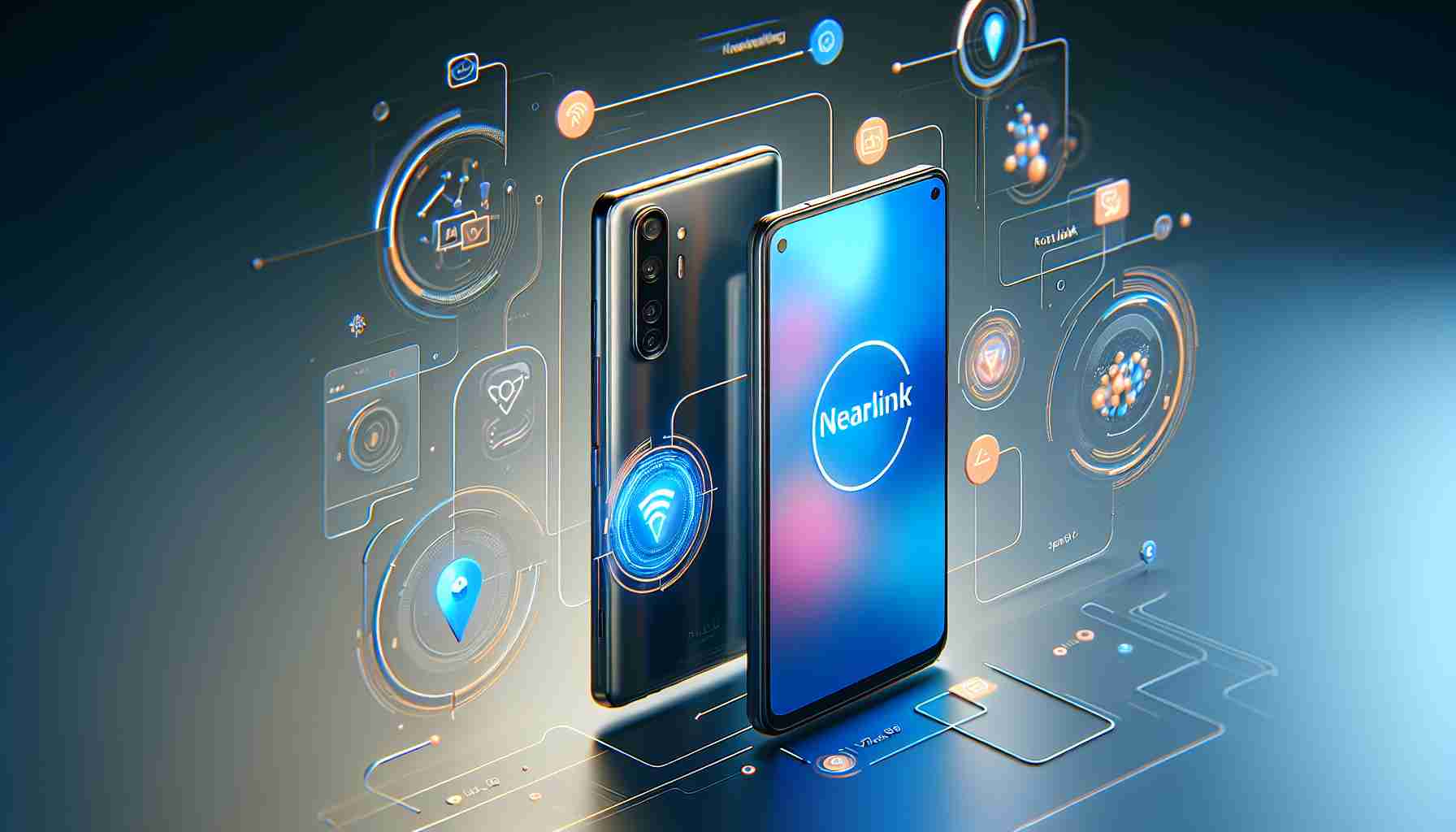The launch of Huawei’s Pura 70 Series is generating buzz with its impressive high demand similar to its predecessor, the Mate 60 series. All variants within this series are equipped with 5G capabilities, but it’s the Pro versions that are stealing the spotlight with an additional networking feature that sets them apart – Huawei’s pioneering NearLink technology.
Last year saw the introduction of NearLink by Huawei, which represents a leap in wireless communication, blending the best aspects of Bluetooth and Wi-Fi for vastly improved connectivity. HarmonyOS powered devices are the main beneficiaries of this technological advancement.
Huawei NearLink boasts substantial improvements over conventional wireless technologies, recognizing a 60% reduction in power usage, six times the speed, 1/30th the delay, and capacity for ten times more network connections. The Pura 70 Pro, Pura 70 Pro+, and Pura 70 Ultra all support NearLink, offering users a more robust connection experience. However, the standard Pura 70 model does not include this feature, as confirmed by Huawei’s customer service, clarifying that Star Flash, the consumer-facing name for NearLink, is not supported on the base model.
Under the hood, the standard Huawei Pura 70 is powered by the Kirin 9000S1, a slightly less powerful variant of the Kirin 9000S chipset. The display is a 6.6-inch 2760 × 1256 pixel OLED screen with an adaptive refresh rate that adjusts from 1 to 120Hz. On the back, the phone sports a triple camera setup with a 50MP main, a 12MP periscope telephoto lens with 5x optical zoom, both with OIS, and a 13MP ultrawide. For selfies, there’s a 13MP camera on the front.
The article introduces the newest addition to Huawei’s smartphone lineup, the Pura 70 Series, which includes the Pura 70 Pro, Pura 70 Pro+, and Pura 70 Ultra. These models prominently feature Huawei’s NearLink technology, an innovative wireless communication option that aims to blend the best aspects of Bluetooth and Wi-Fi.
Key questions regarding Huawei’s NearLink technology include:
– How does NearLink work and what makes it different from existing technologies such as Bluetooth and Wi-Fi? NearLink works by combining the low-energy aspects of Bluetooth with the high data transfer rates of Wi-Fi, creating a hybrid that is efficient in power consumption while providing fast, stable connectivity.
– What are the potential use cases for NearLink in real-world scenarios? NearLink could significantly enhance the performance of wireless earbuds, smart home devices, and file transfers between devices, particularly in environments where traditional wireless connections are congested or unreliable.
– How compatible is NearLink with non-HarmonyOS devices? As NearLink is proprietary to Huawei and designed for HarmonyOS powered devices, it’s important to evaluate how this technology integrates with the broader ecosystem of gadgets that may use different operating systems.
Key challenges and controversies may include:
– Skepticism about user adoption: Given that NearLink is a new technology, there could be user skepticism about its benefits, and it may take time for people to appreciate its advantages.
– Market competition: Huawei is competing in a crowded market with dominant players like Apple and Samsung that have their own ecosystems and proprietary technologies.
– Global market access: Huawei has faced challenges in accessing some international markets due to political and trade tensions, particularly with the United States. This could limit the spread and adoption of their new technologies like NearLink.
Advantages of Huawei’s NearLink technology:
– Reduced power usage, leading to longer battery life.
– Faster data transfer speeds, beneficial for sharing large files or streaming high-quality video.
– Lower latency, important for gaming and real-time applications.
– Higher capacity for simultaneous network connections, improving the performance of smart home ecosystems and public venues with many users.
Disadvantages may include:
– Potential incompatibility with non-HarmonyOS devices, which could limit interoperability.
– Relatively new and untested on a large scale, which may reveal unforeseen issues.
– Dependency on Huawei’s ecosystem, which might not appeal to users invested in other platforms.
Overall, the successful adoption of NearLink technology, and by extension, Huawei’s new Pura 70 Series, hinges on Huawei’s ability to convince consumers of the technology’s benefits and its capability to integrate seamlessly into people’s existing digital lives.
For more information on Huawei and their technology, you can visit their official website with the following link. Please make sure to verify the URL before visiting, as it could potentially change after my knowledge cutoff date.
